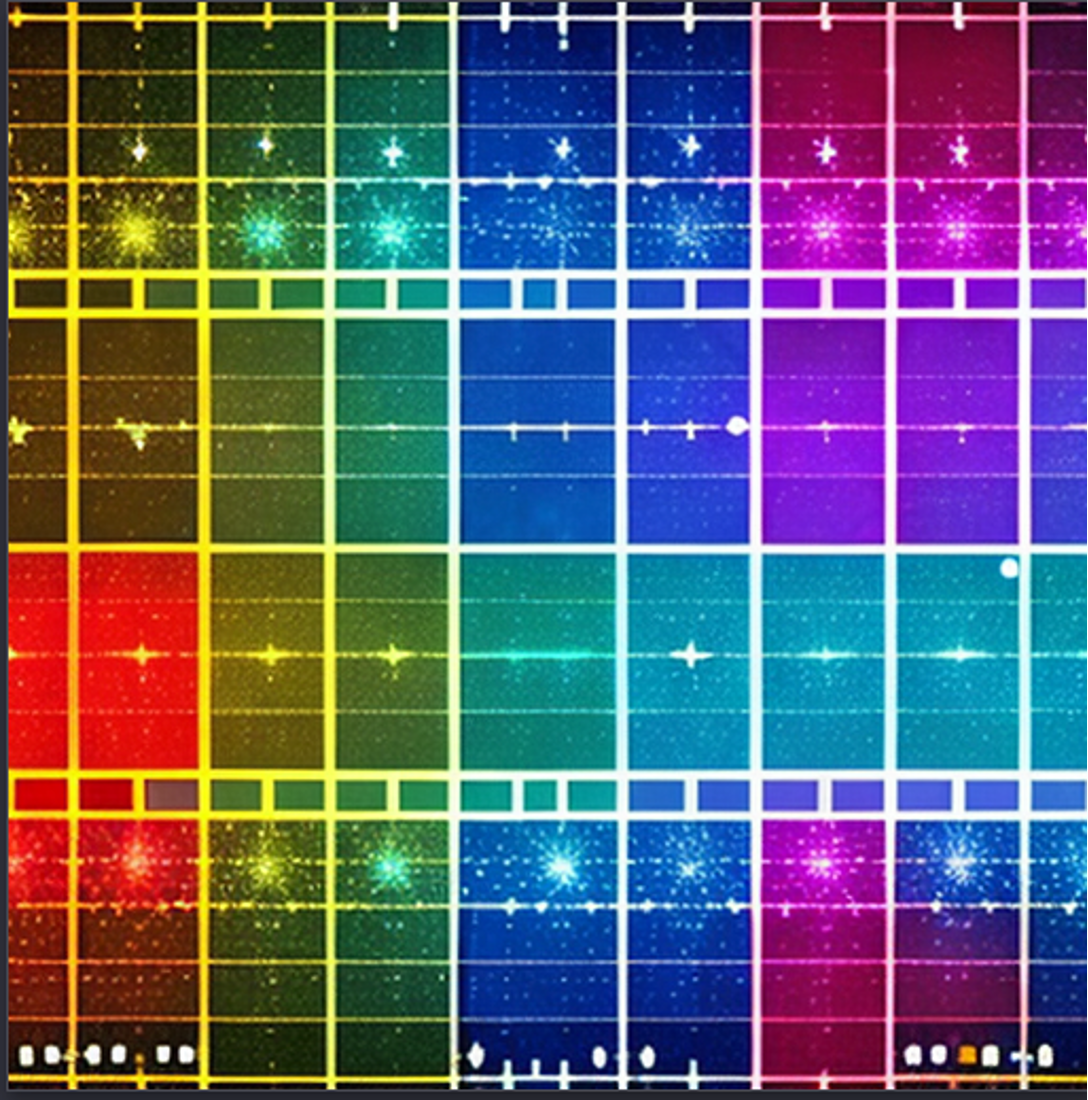Machine Learning techniques application to astrometry in the Gaia Mission - SSW
ABSTRACTS OF ORAL PRESENTATIONS
- Removed a total of (1) style text-align:center;
MACHINE LEARNING TECHNIQUES APPLICATION TO ASTROMETRY IN THE GAIA MISSION - NELLY GAILLARDThe data processing task of the Gaia mission is large and complex. One of its central elements is the Astrometric Global Iterative Solution (AGIS), which produces and delivers the core astrometry data products. |

- Removed a total of (1) style text-align:center;
- Removed a total of (2) style text-align:justify;
- Removed a total of (1) style margin:0;
- Removed a total of (1) align=center.
- Removed a total of (1) border attribute.
- Removed a total of (1) cellpadding attribute.
- Removed a total of (1) cellspacing attribute.








































 Sign in
Sign in
 Science & Technology
Science & Technology